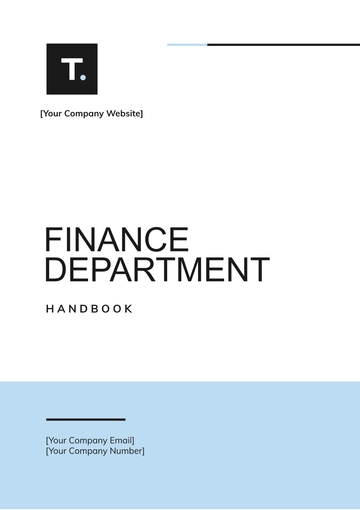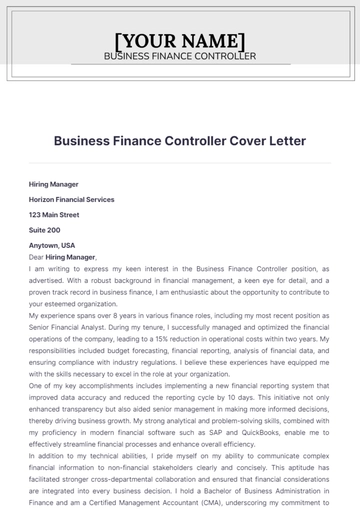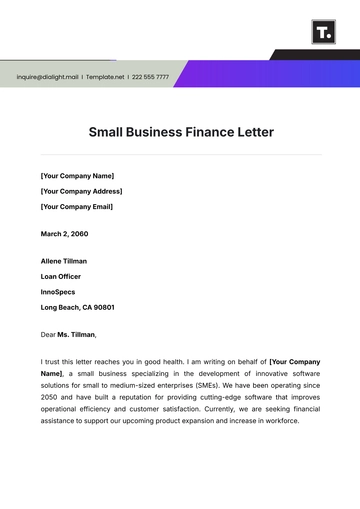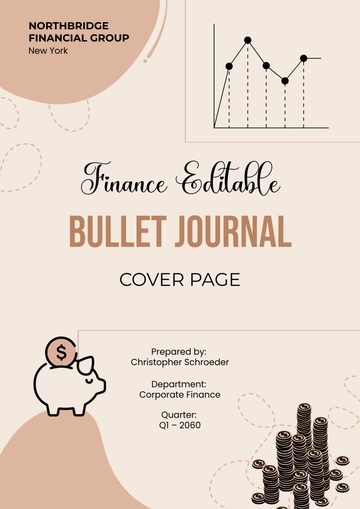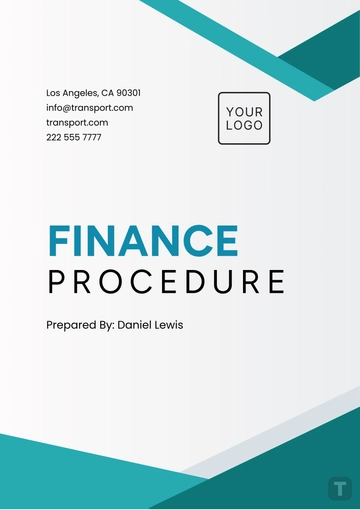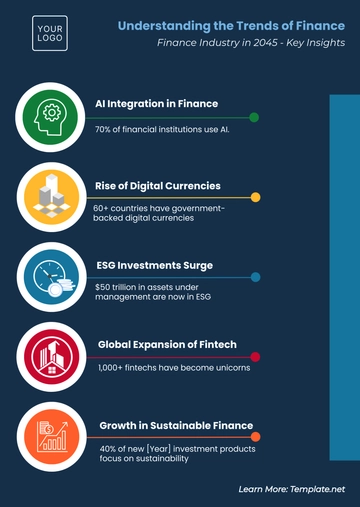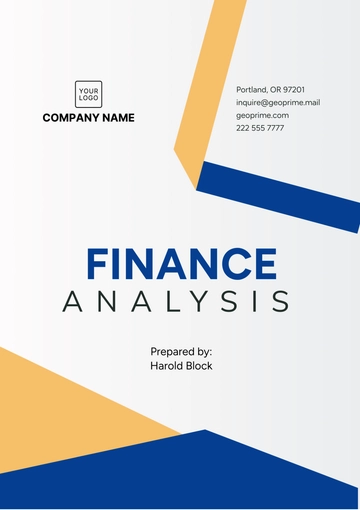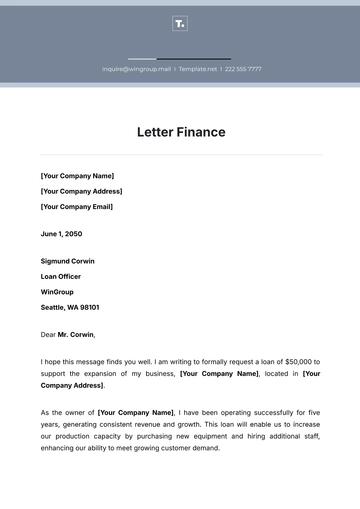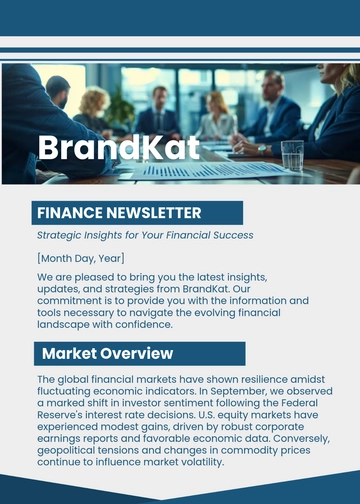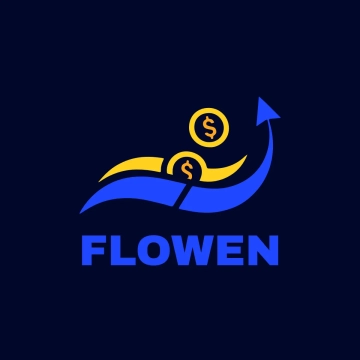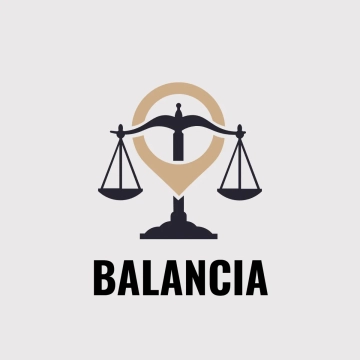Free Financial Investment Strategy Outline
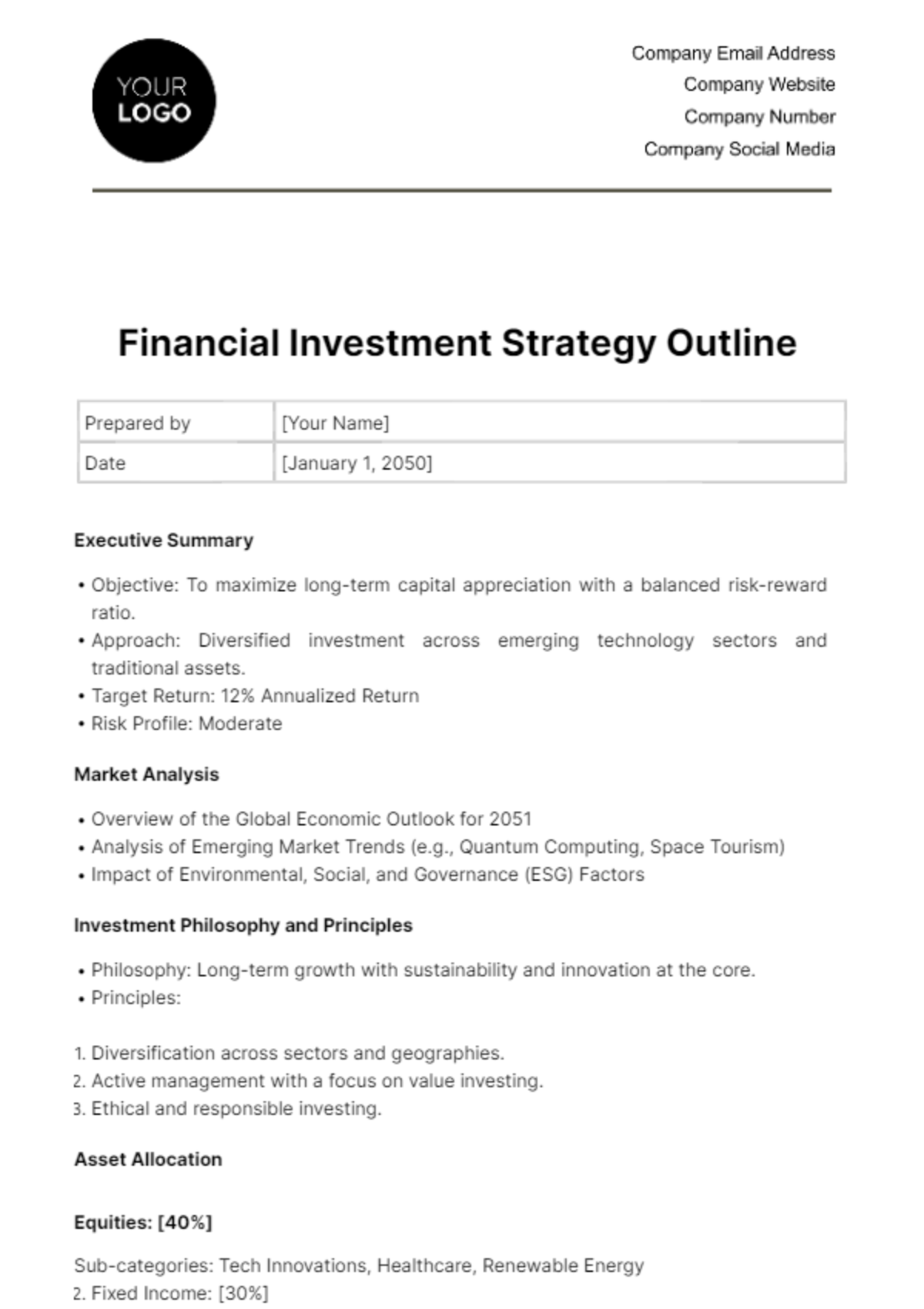
Prepared by | [Your Name] |
Date | [January 1, 2050] |
Executive Summary
Objective: To maximize long-term capital appreciation with a balanced risk-reward ratio.
Approach: Diversified investment across emerging technology sectors and traditional assets.
Target Return: 12% Annualized Return
Risk Profile: Moderate
Market Analysis
Overview of the Global Economic Outlook for 2051
Analysis of Emerging Market Trends (e.g., Quantum Computing, Space Tourism)
Impact of Environmental, Social, and Governance (ESG) Factors
Investment Philosophy and Principles
Philosophy: Long-term growth with sustainability and innovation at the core.
Principles:
Diversification across sectors and geographies.
Active management with a focus on value investing.
Ethical and responsible investing.
Asset Allocation
Equities: [40%]
Sub-categories: Tech Innovations, Healthcare, Renewable Energy
Fixed Income: [30%]
Types: Corporate Bonds, Government Bonds
Alternatives: [20%]
Includes: Cryptocurrencies, Real Estate Investments, Private Equity
Cash and Equivalents: [10%]
Sector-Specific Strategies
Technology: Investment in AI advancements and Quantum Computing startups.
Healthcare: Focus on Biotech firms and Telemedicine.
Renewable Energy: Solar and Wind Energy projects, with potential for Carbon Capture investments.
Risk Management
Tools: Advanced AI-driven risk assessment models.
Strategies: Regular portfolio rebalancing, Hedging techniques.
Limitations: Maintaining a maximum drawdown limit of [15%].
Performance Monitoring
Metrics: ROI, Alpha, Beta, Sharpe Ratio.
Reporting: Quarterly performance reviews with stakeholders.
Adjustments: Dynamic adjustment of portfolio based on market conditions.
Stakeholder Engagement
Communication Plan: Regular updates via digital platforms.
Client Involvement: Annual investment strategy meetings.
Compliance and Ethical Considerations
Adherence to International Financial Reporting Standards (IFRS).
Commitment to sustainable and ethical investing practices.
Conclusion and Future Outlook
Summary of the Strategy’s robustness in adapting to future market trends.
Anticipation of technological advancements and global economic shifts.
- 100% Customizable, free editor
- Access 1 Million+ Templates, photo’s & graphics
- Download or share as a template
- Click and replace photos, graphics, text, backgrounds
- Resize, crop, AI write & more
- Access advanced editor
Develop a robust investment strategy with Template.net's Financial Investment Strategy Outline Template. This editable, customizable template provides a framework for outlining your financial investment plan. Essential for investors and financial advisors, it helps in defining investment objectives, risk tolerance, and asset allocation strategies, paving the way for informed and strategic investment decisions.

